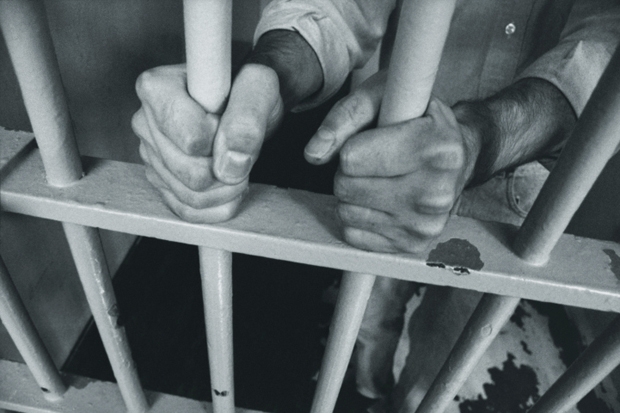It used to be sewing mail bags, picking oakum and working the treadmill, now the government has come up with a wheeze to get convicts busy with sandbags, fence posts and kit for the armed forces. The Justice Secretary, Chris Grayling, says the ten-year deal will teach convicts ‘the value of a hard day’s work’.
This has been tried for six months with Coldingley prison in Surrey and Grayling reports savings of nearly £500,000. Although that figure must be offset by the £72,000 of taxpayers’ money he has just spent trying to overturn a court ruling against his ban on inmates receiving books from visitors. He is also planning major reforms on rehabilitation of offenders.
‘For too long we have released prisoners back onto the streets with £46 in their pockets and little else other than the hope that they would sort themselves out,’ he says. ‘Now all this will change. For the first time we will be giving all offenders a proper chance at rehabilitation, instead of just leaving them to wander the streets and get on with it.’
Anyone who has watched the destruction of our penal institutions over the past two years may wonder what happened to the idea of prison as a place of rehabilitation. What kind of men are now being released? When I taught in Wormwood Scrubs in 2007, it kept 1,355 men confined in a place built for 860. It was chronically underfunded even then.
But I first realised how good it was when we were visited in the art room by some redoubtable prison reformers from New Jersey. They gazed in wonder at a lot of messy acrylic paint tubes and wizened old brushes. The sinks were filthy and a group of Afro-Caribbean inmates hid behind tents made out of bedsheets and easels, smoking spliffs, listening to rap music and talking patois.








Comments
Join the debate for just £1 a month
Be part of the conversation with other Spectator readers by getting your first three months for £3.
UNLOCK ACCESS Just £1 a monthAlready a subscriber? Log in